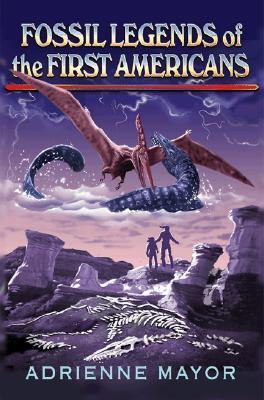What do you think?
Rate this book


489 pages, Paperback
First published March 21, 2005
- “an anticipation of evolution theory that would have interested George Gaylord Simpson” (pg. 38-39)
- “George Gaylord Simpson would have been struck, I think, by the sense of deep time expressed in the […] Creation stories.” (pg. 150)
- “… which would suit George Gaylord Simpson’s definition of a true paleontological insight.” (pg. 215)
- “I imagine that George Gaylord Simpson would have been interested in this progression of observation and interpretation.” (pg. 237)
- “[these insights], had he known of them, might have led George Gaylord Simpson to revise his dismissive assumptions about Native observations and speculations about Earth’s deep past.” (pg. 251)
- “an insight that might have gained George Gaylord Simpson’s approval.” (pg. 292)
- “Would Simpson be convinced that Native American discoveries and interpretations deserve a place in the history of paleontology? That’s debatable—by all accounts he was an ‘irascible man and very firm in his convictions’—yet I feel that this new evidence would encourage Simpson to reconsider his judgement.” (pg. 297)